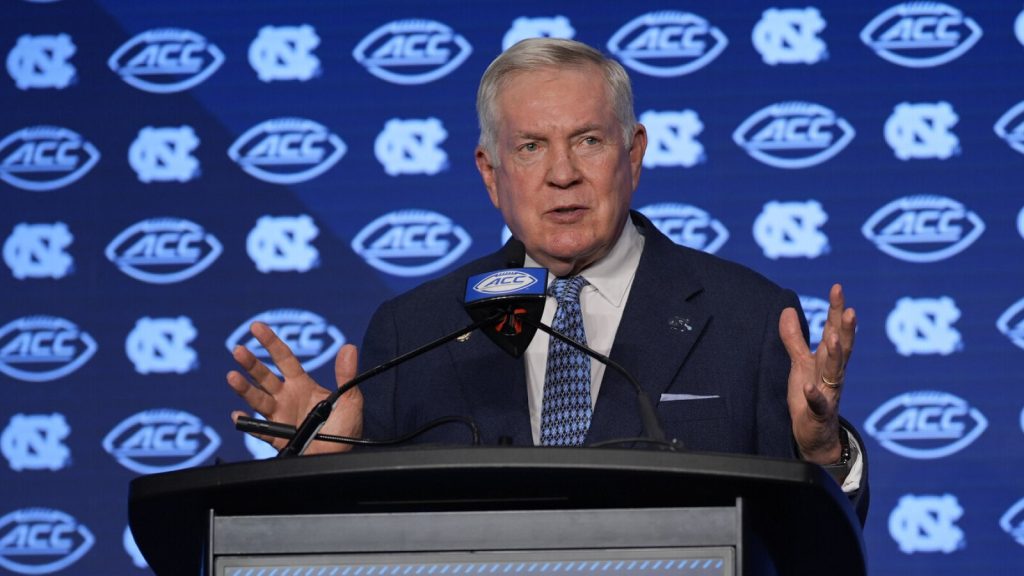There are a few things that make an old-school head coach more upset than unforced errors, and Mack Brown, who has been a college football head coach since 1985, certainly qualifies as old-school.
That means he also knows that sometimes the best way to correct a mistake is swift and undeniable punishment, and for a young and hungry college football player, usually the best way to get their attention is with a lack of playing time.
And that’s exactly what Brown said his plan is this fall because he’s already growing sick of his team’s pre-snap penalties.
“Really working hard on penalties. We’ve had too many penalties,” Brown recently told the media (h/t On3). “We’ve got the smartest kids in the league, we’ve got the best APR (Academic Progress Rate) in the league, and we’ve been up in the penalties every year. That makes no sense. So, we’ve just told the guys that we will have absolutely no pre-snap penalties. It’s unacceptable. If they have one, we’re taking them out.”
Ultimately, pre-snap penalties come down to focus, or a lack thereof. It’s one thing to commit a penalty in the heat of the moment during a play, but when everything is in your control presnap, any mistakes come down to a lack of focus and attention to detail — whether it’s a false start or illegal formation.
There are also post-snap penalties as well. Extracurricular activity after the whistle can dearly cost a team, and that’s something Brown wants to eliminate as well.
“We’re telling the guys that there will be absolutely no post-whistle penalties. If they do that, they’re running laps the rest of that rack of plays as they go through,” Brown said. “So, then we’re penalizing. We’re doing physical drills for consequences on guys that have holding penalties or pass interference penalties. Those are usually what you have. So, we’re actually taking another step for enforcement into those areas.”
North Carolina was the ninth-worst team in college football in 2023 in regards to committing penalties. The Tar Heels averaged 7.2 penalties and 66.3 penalty yards per game.

